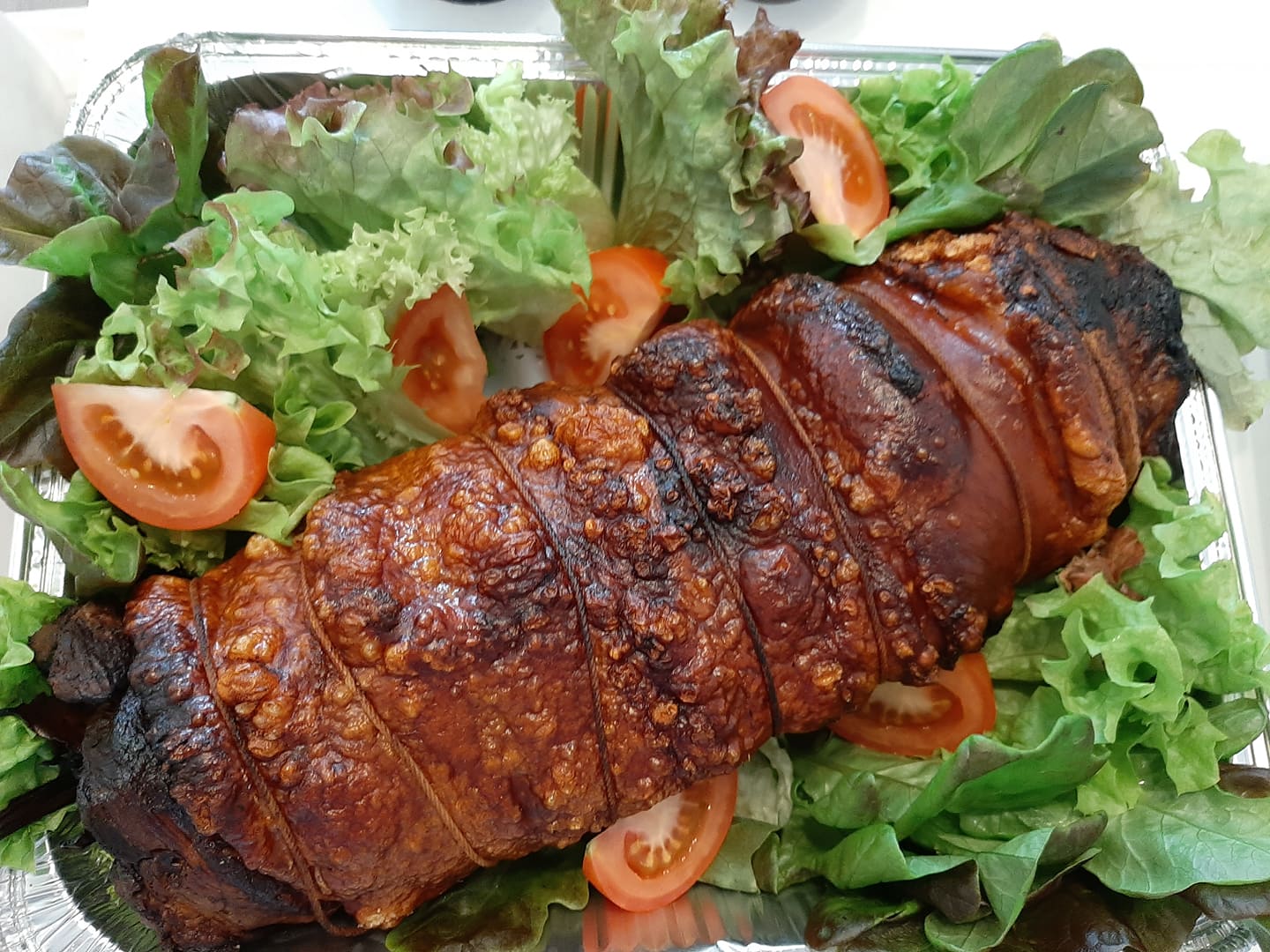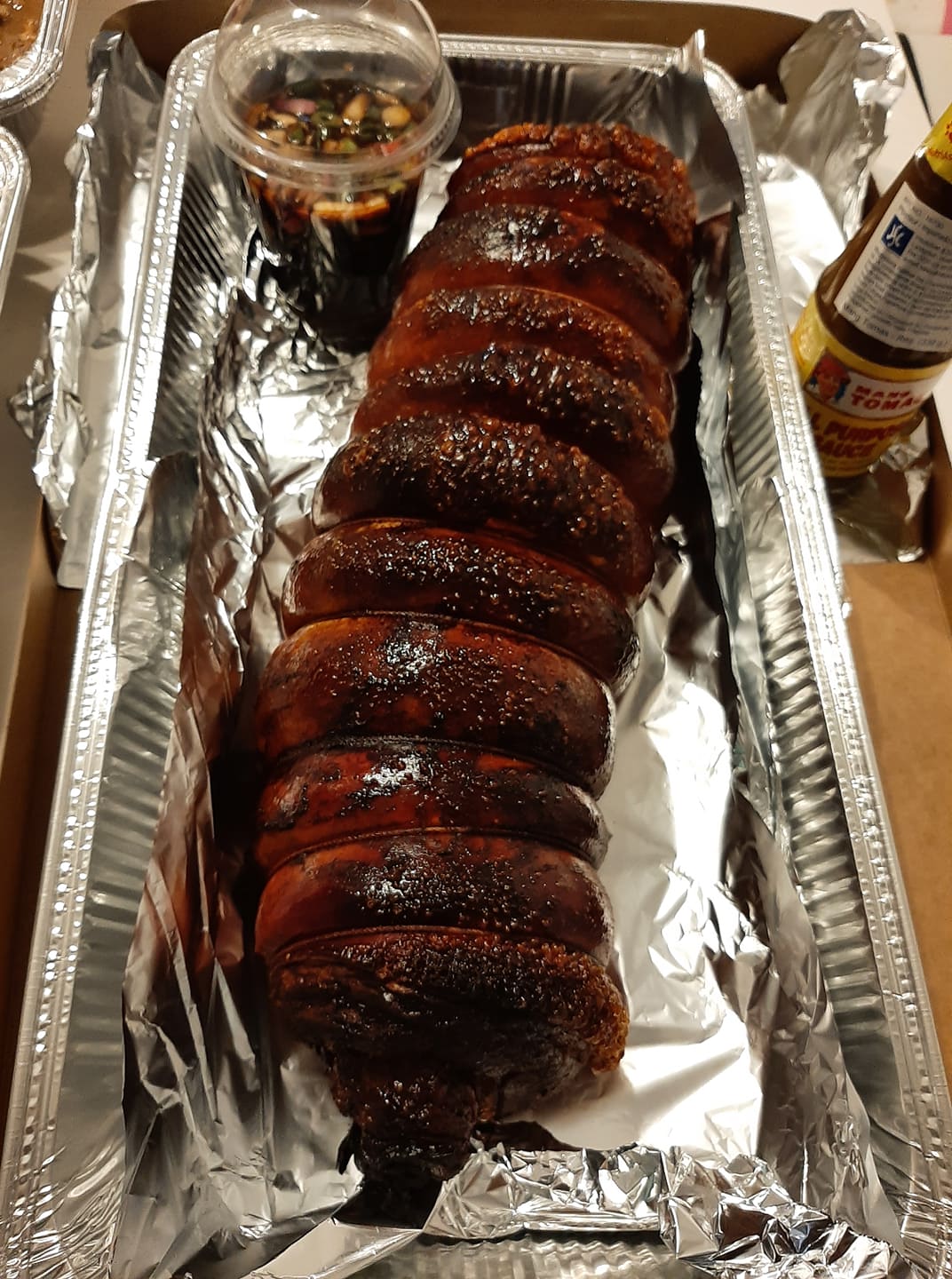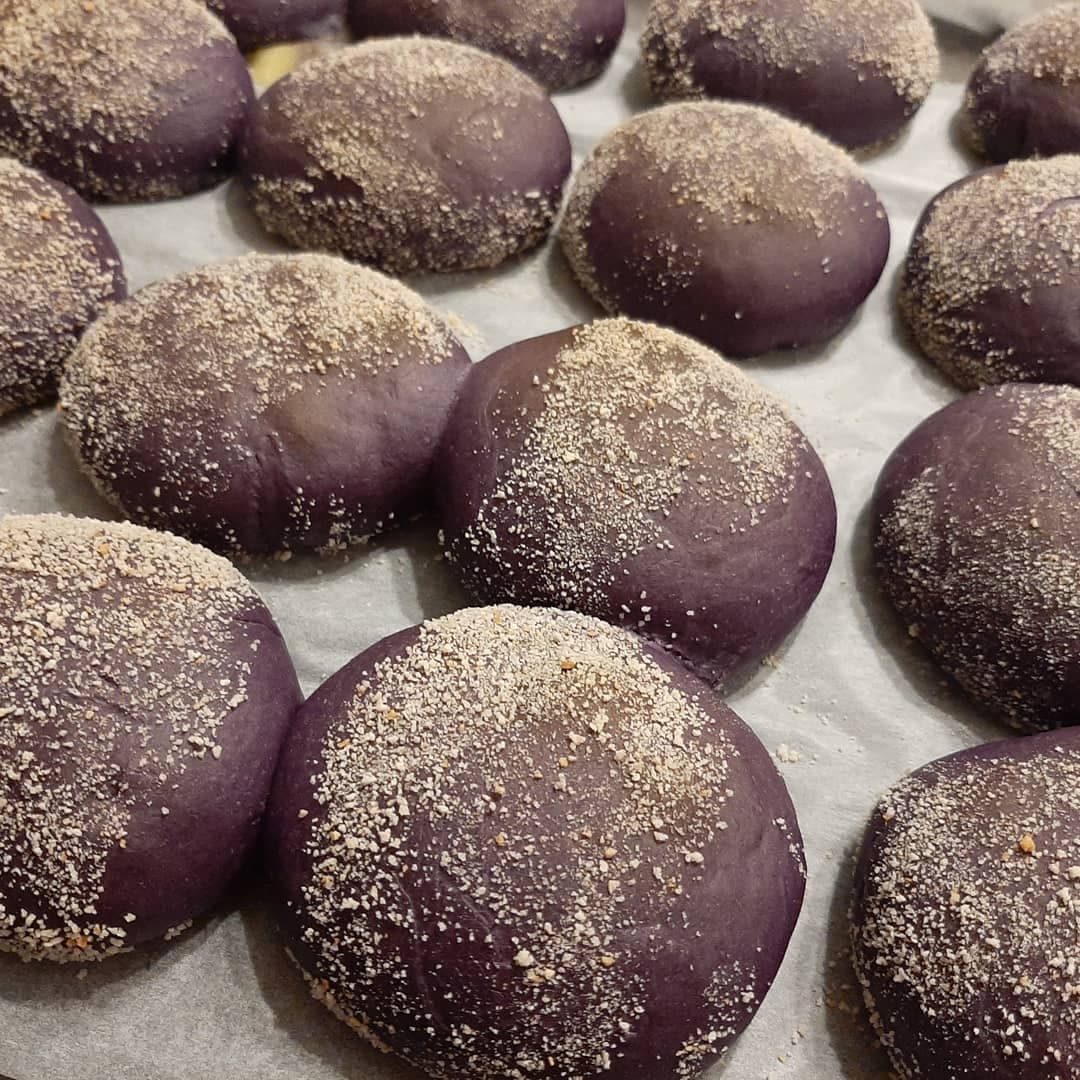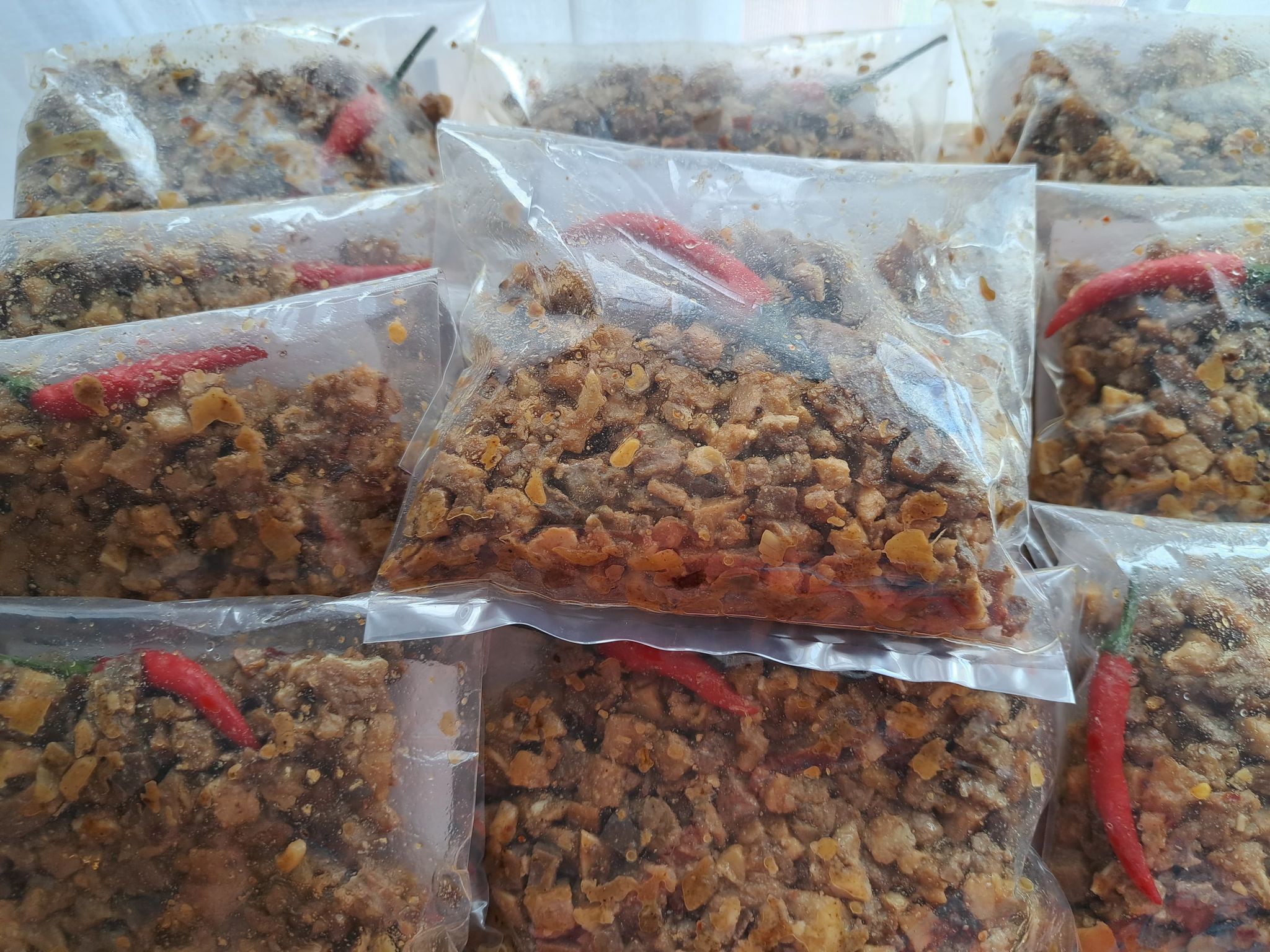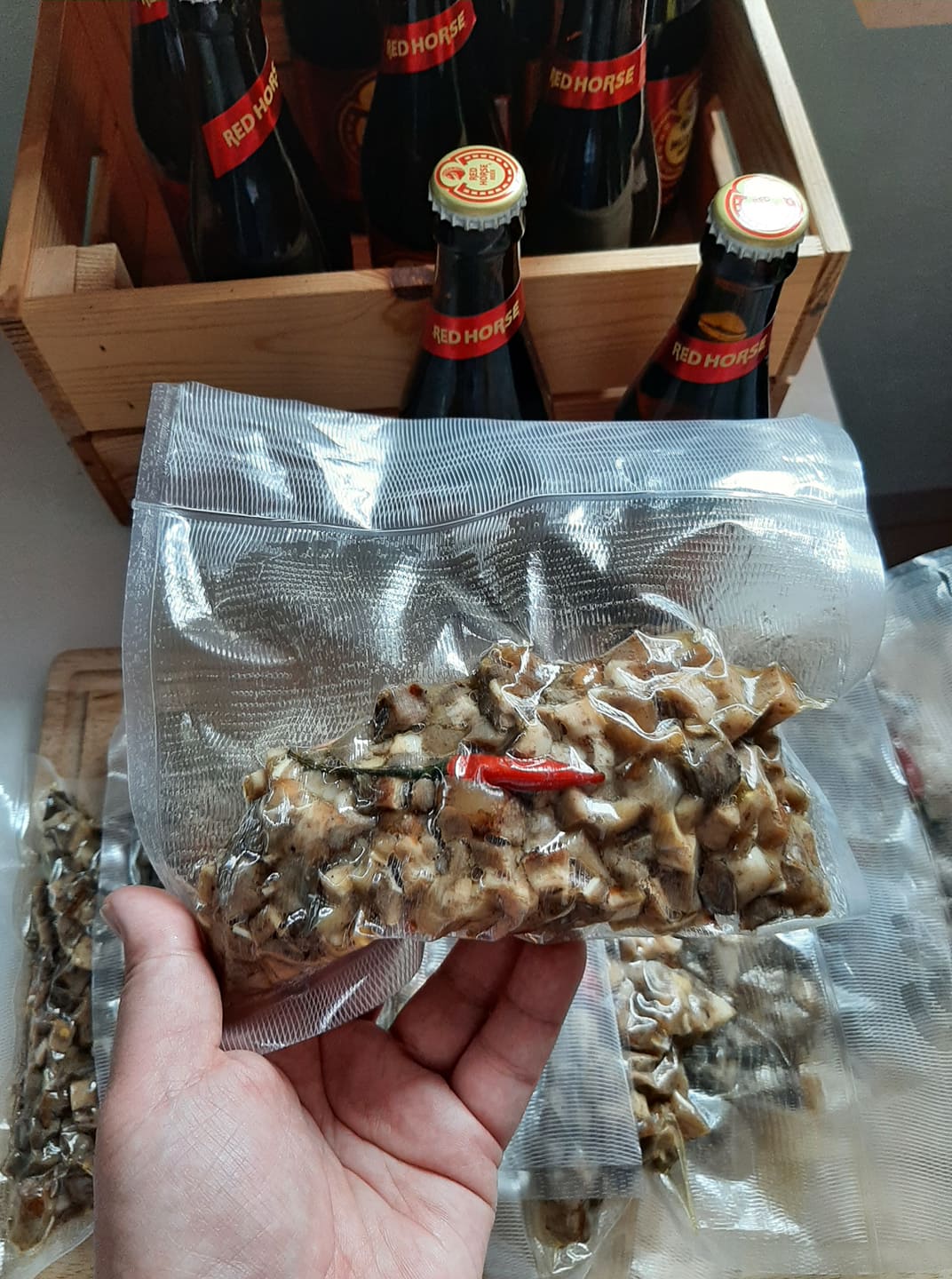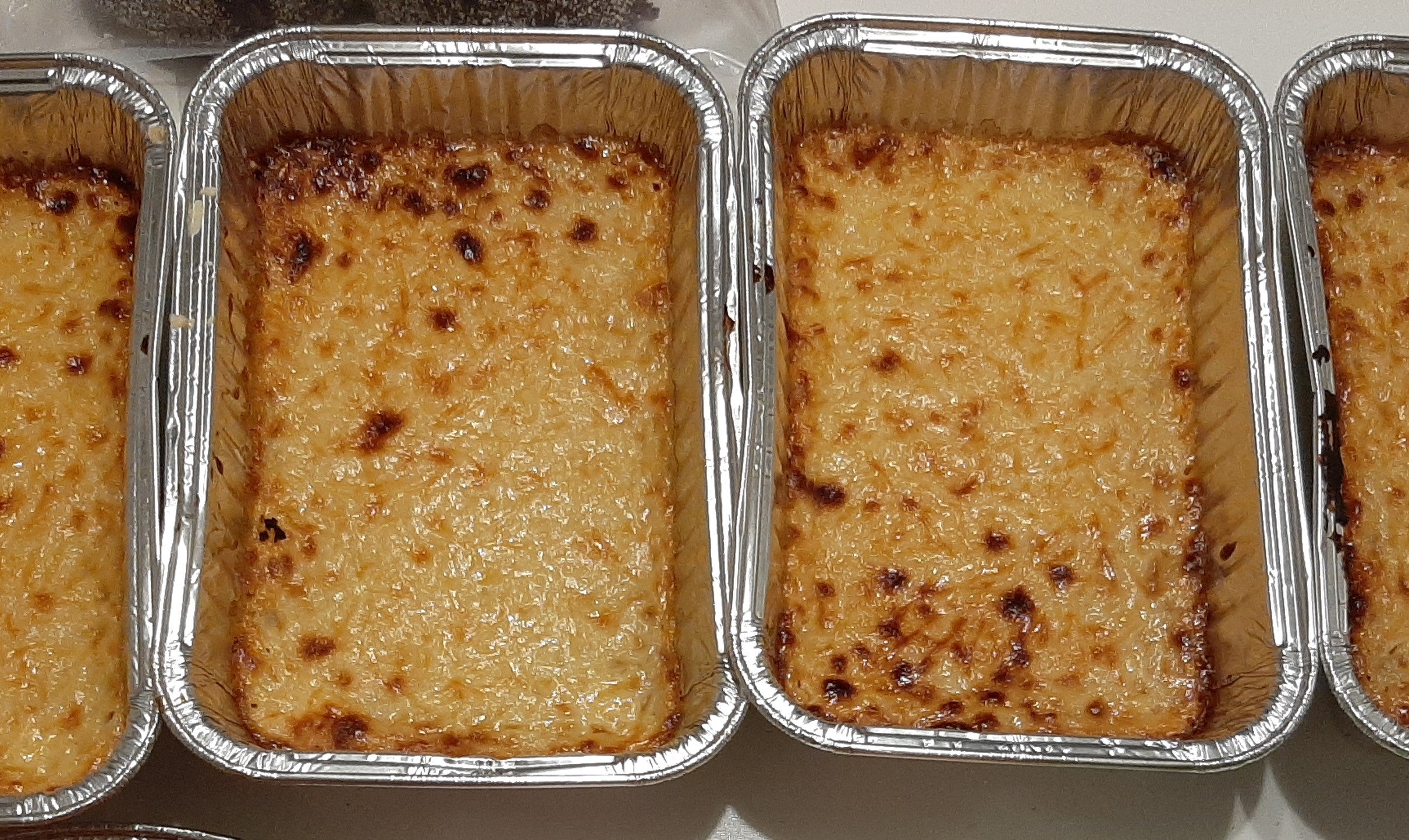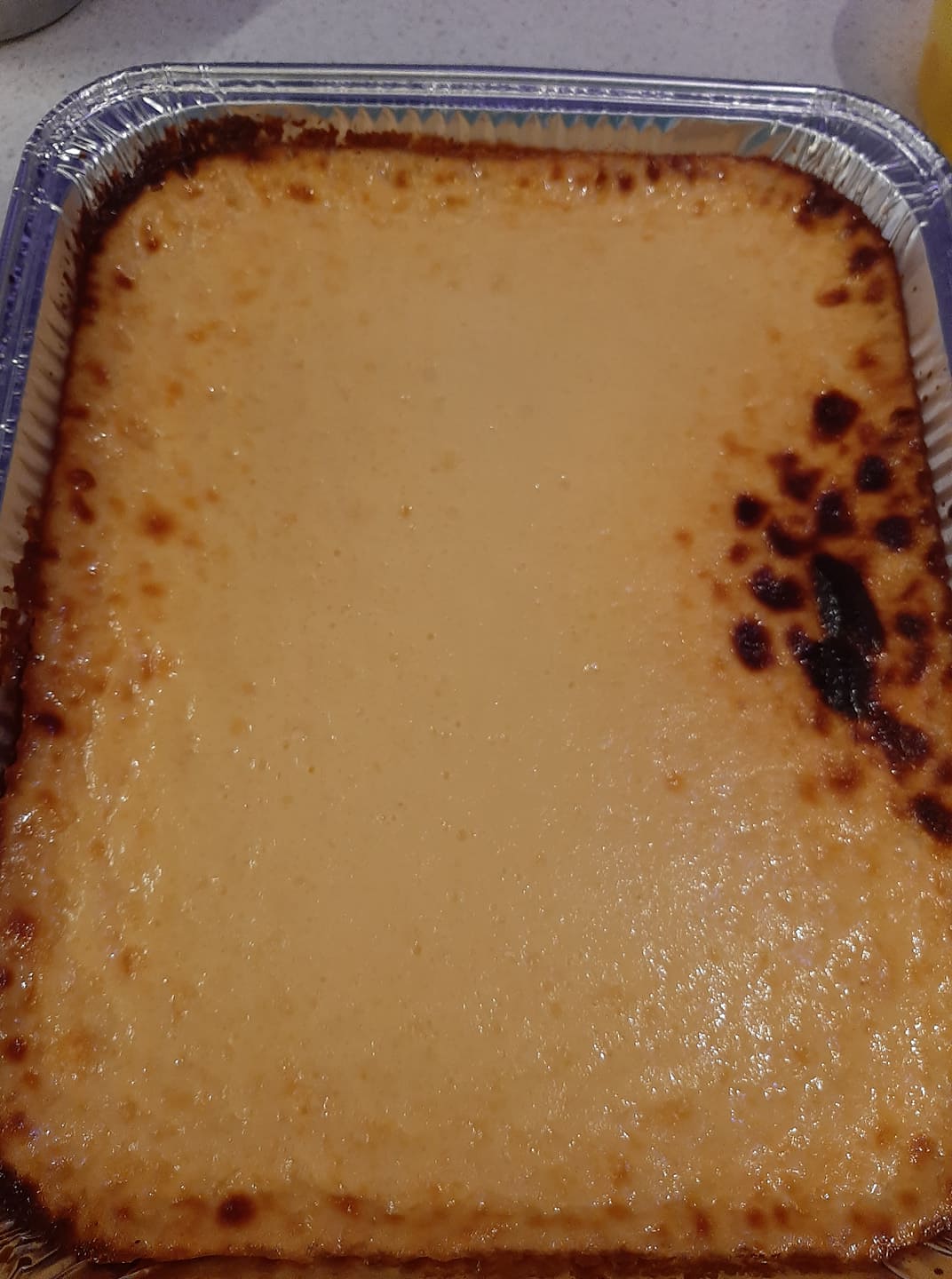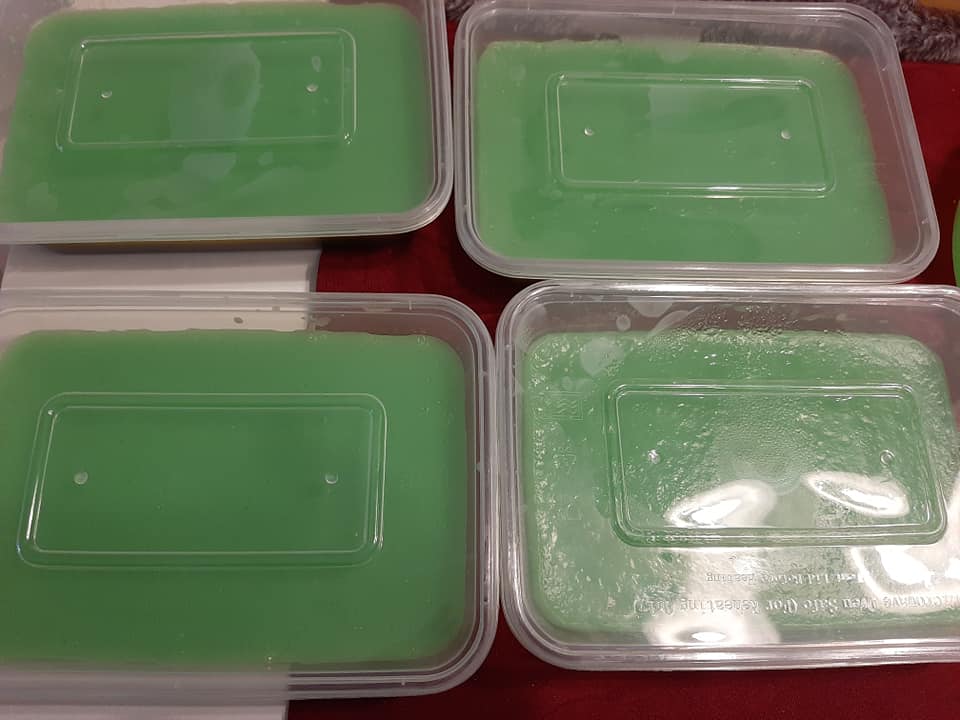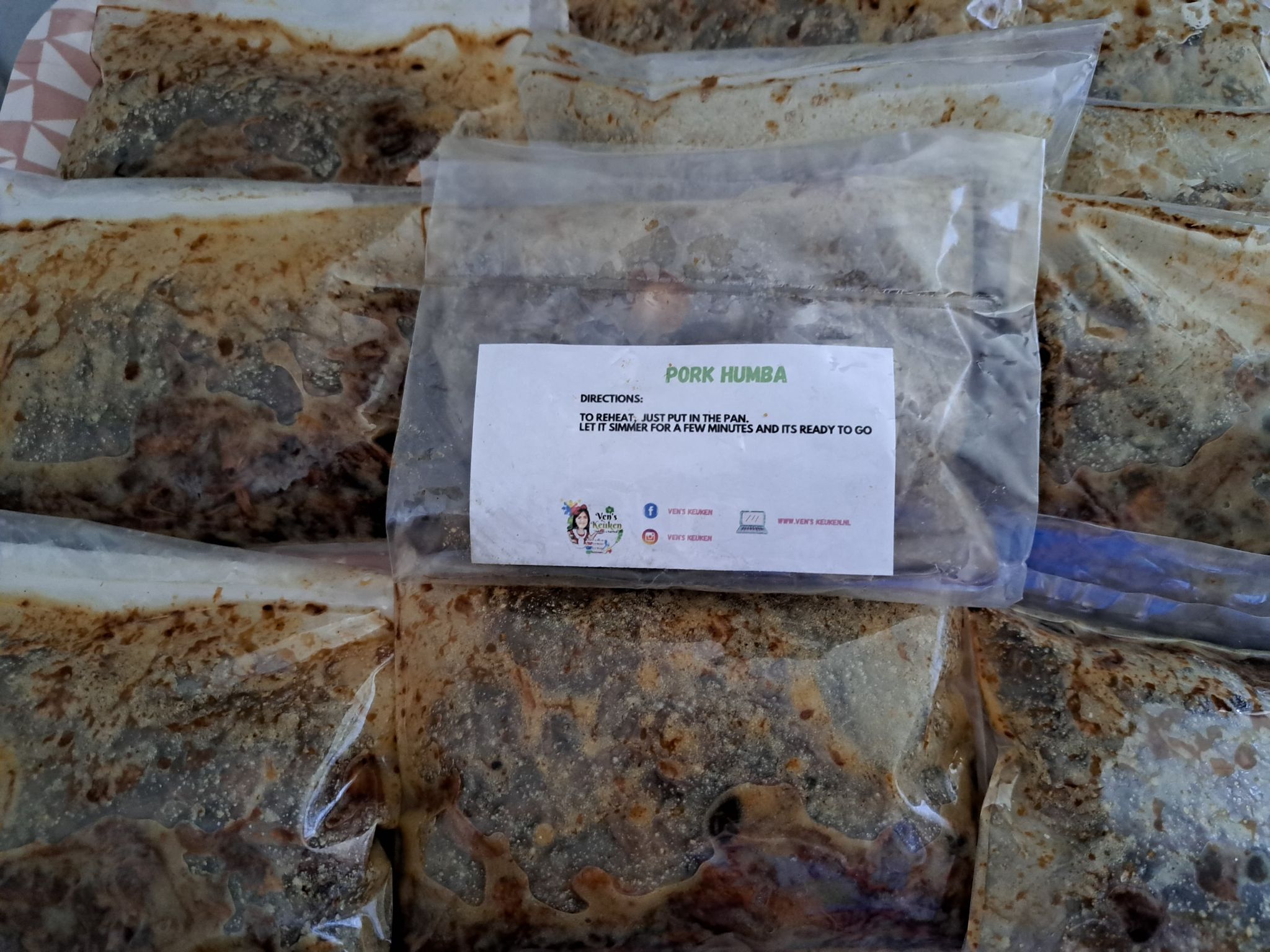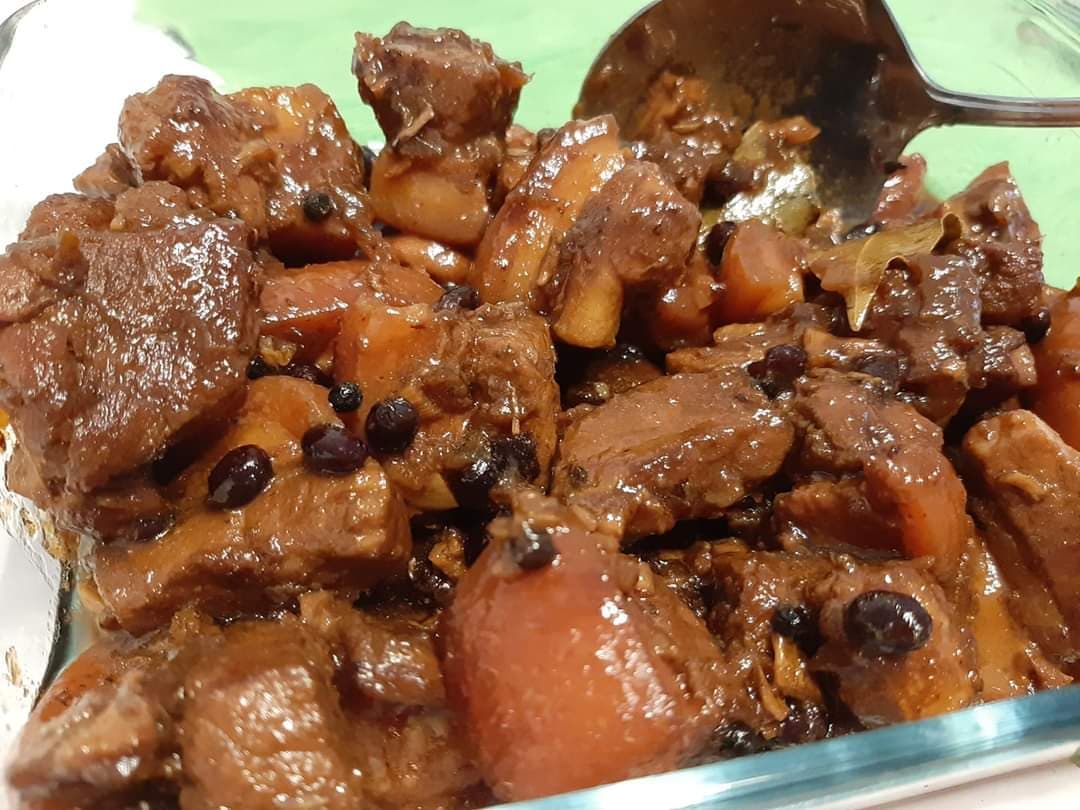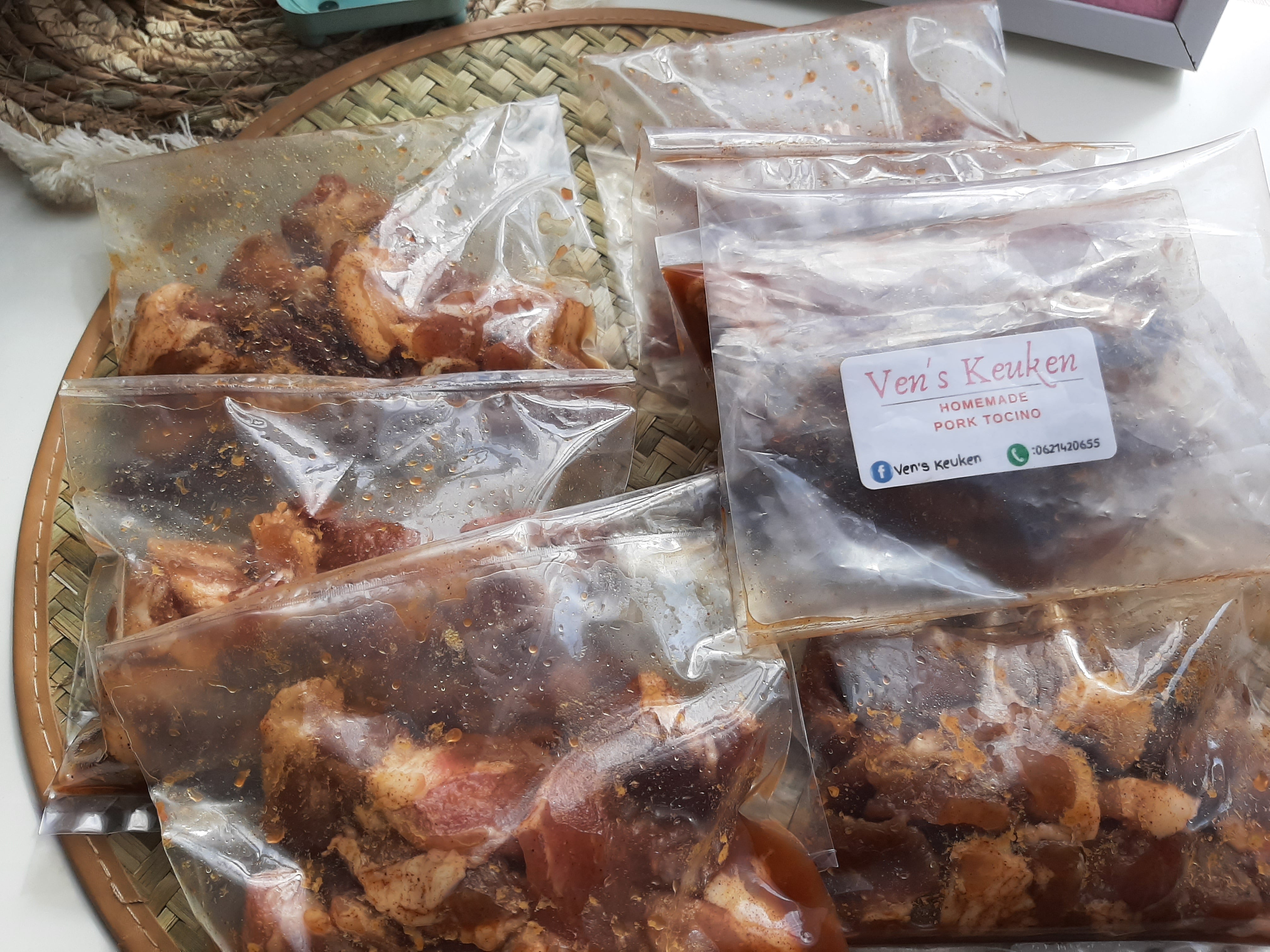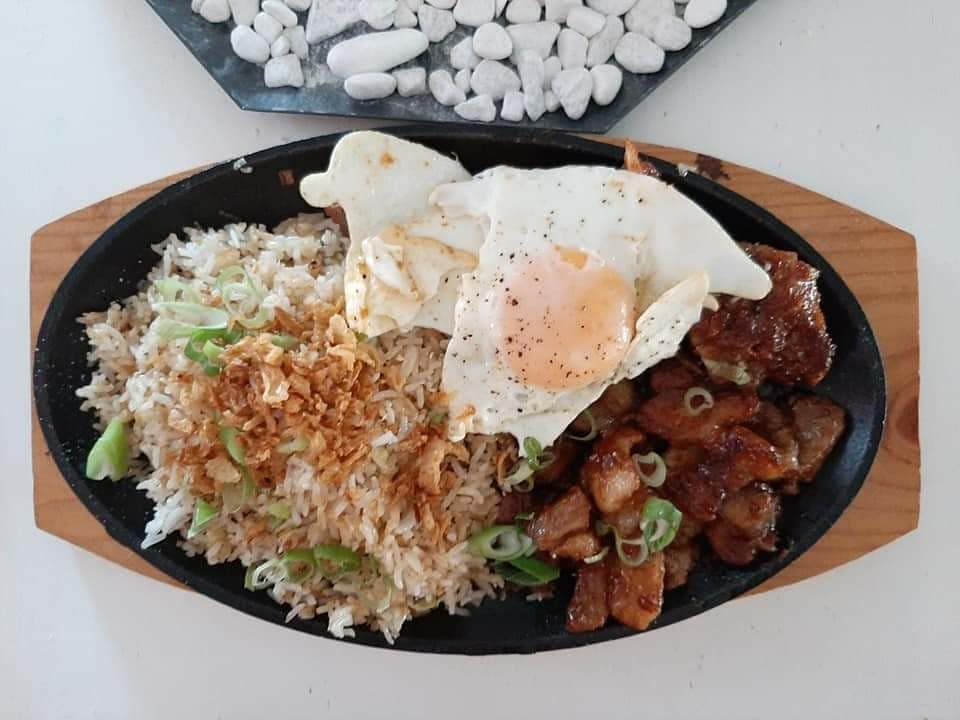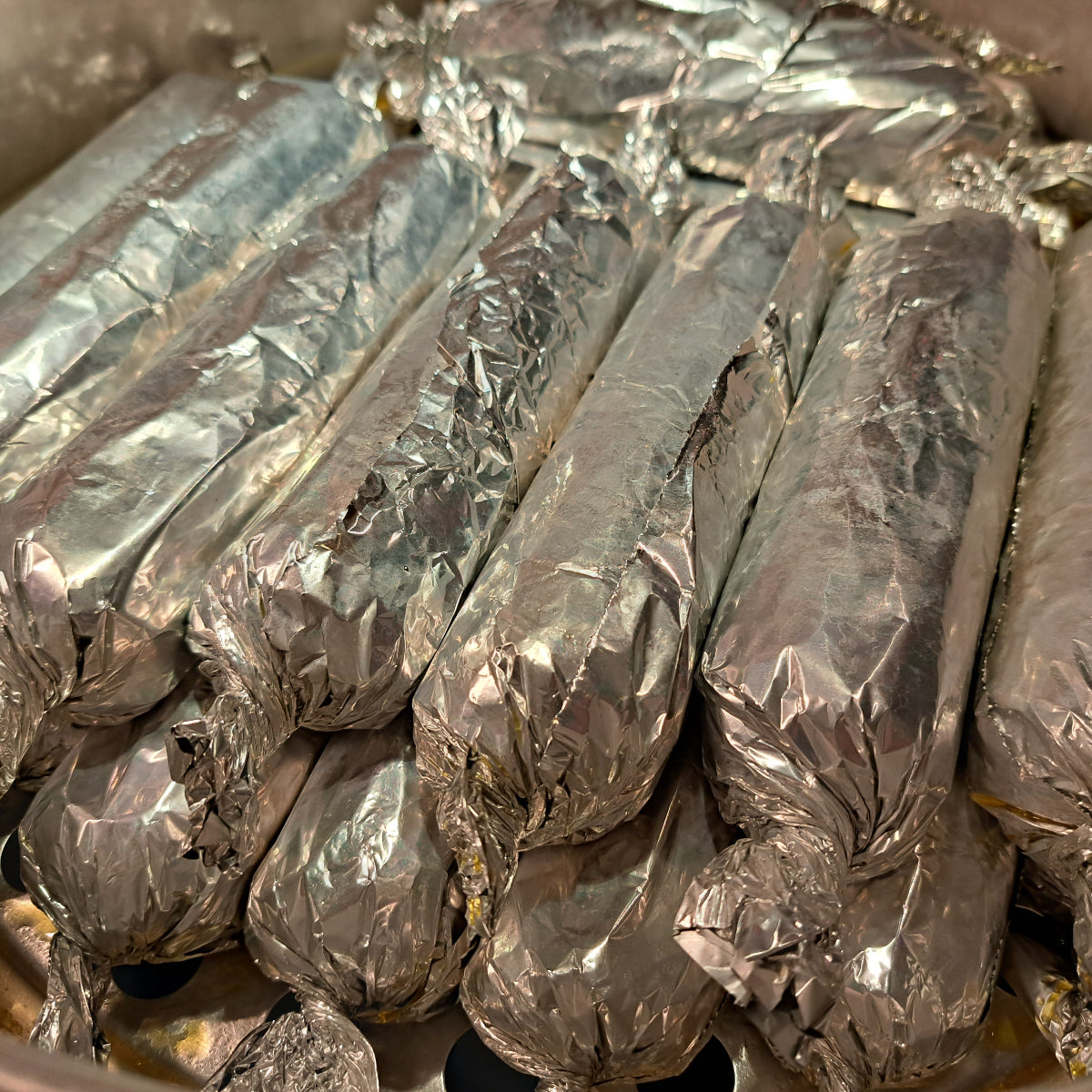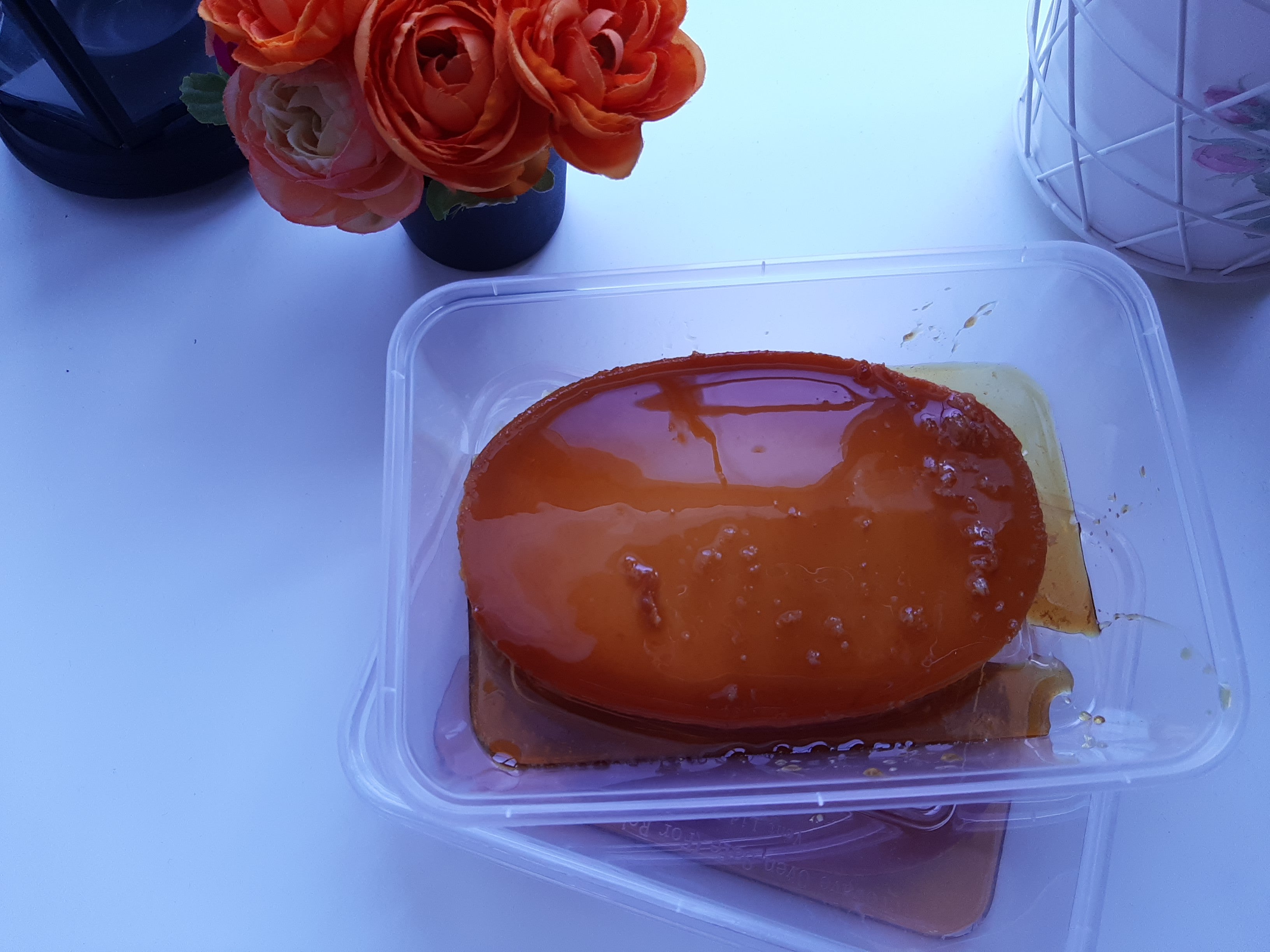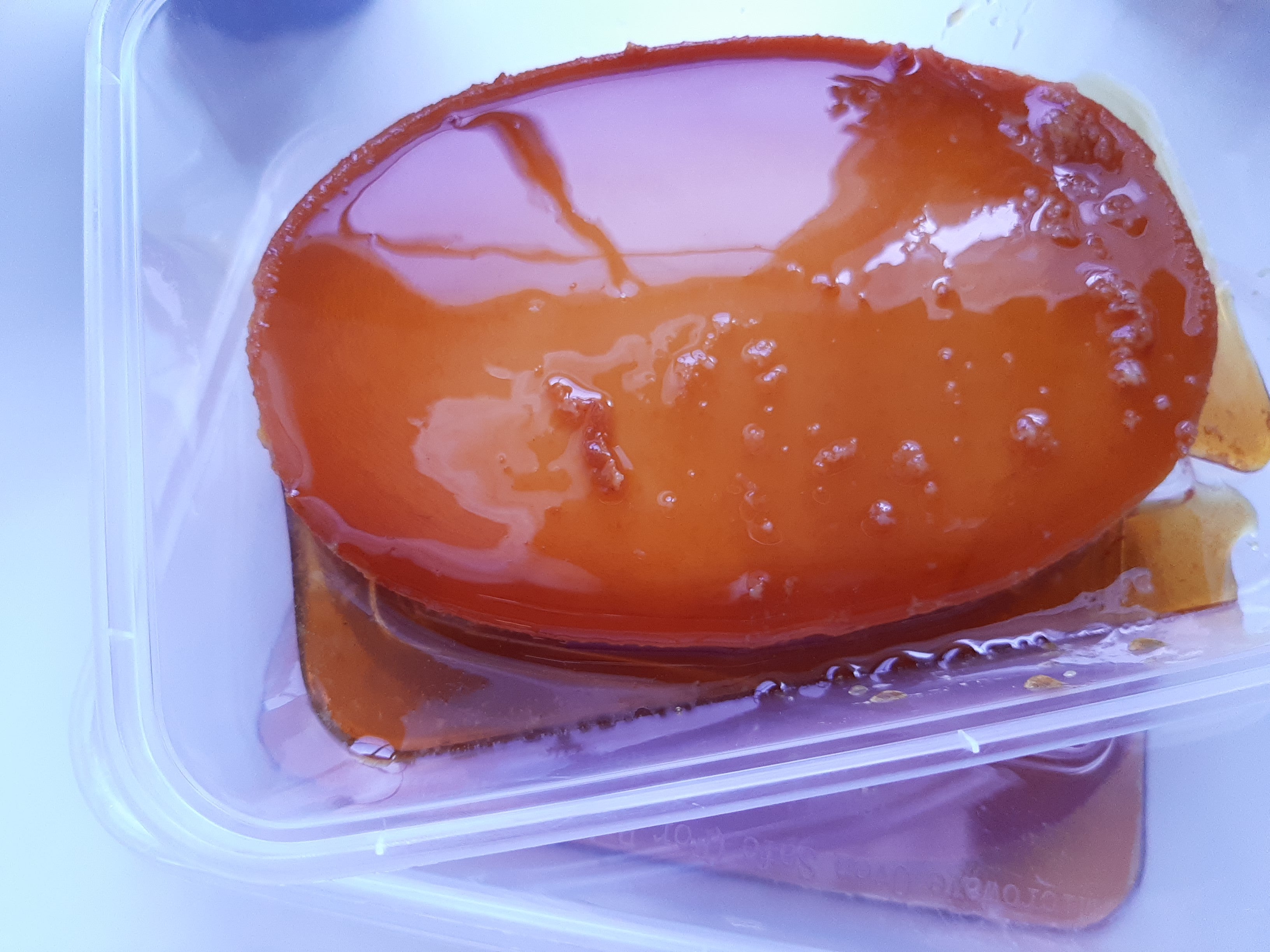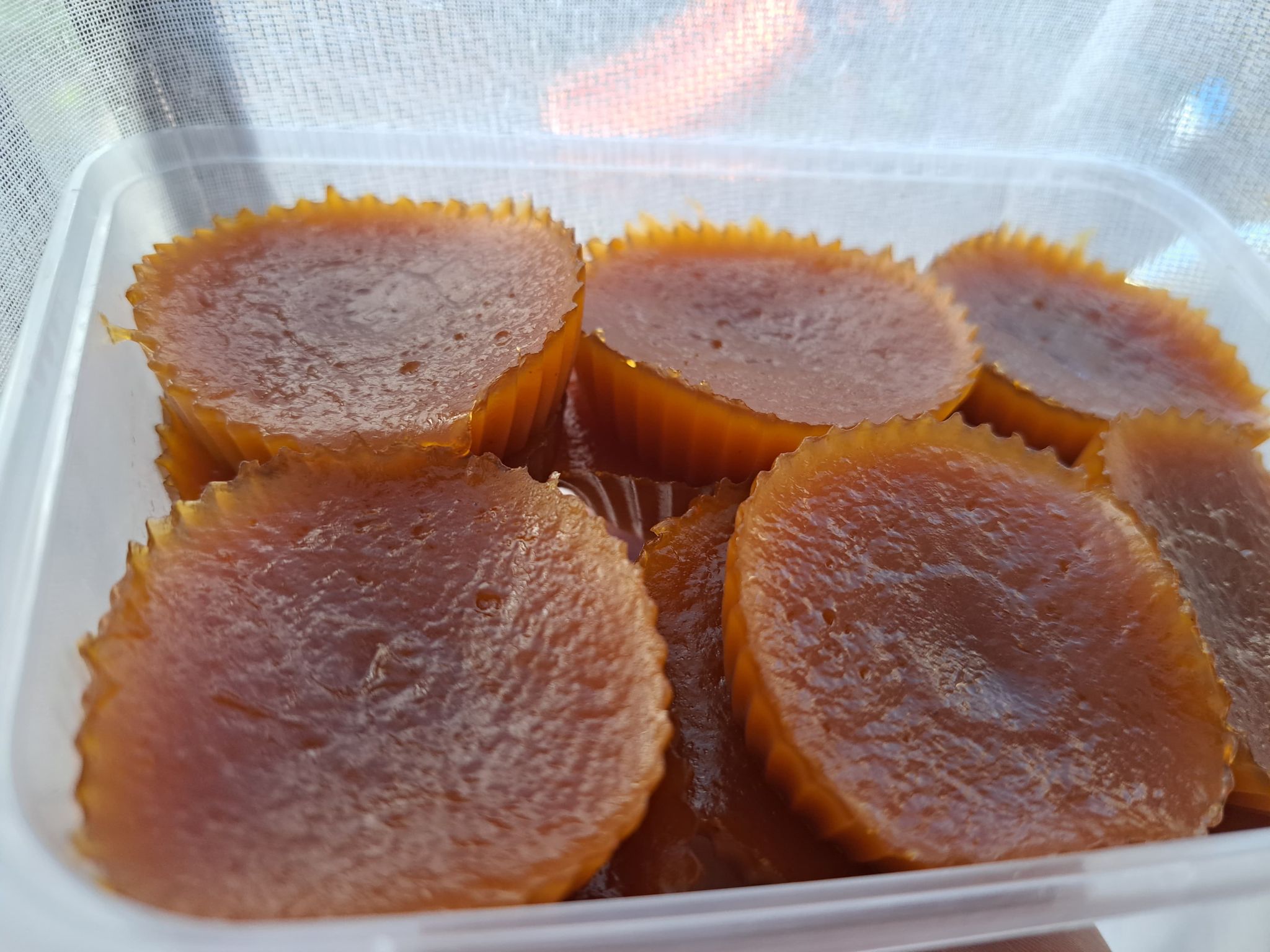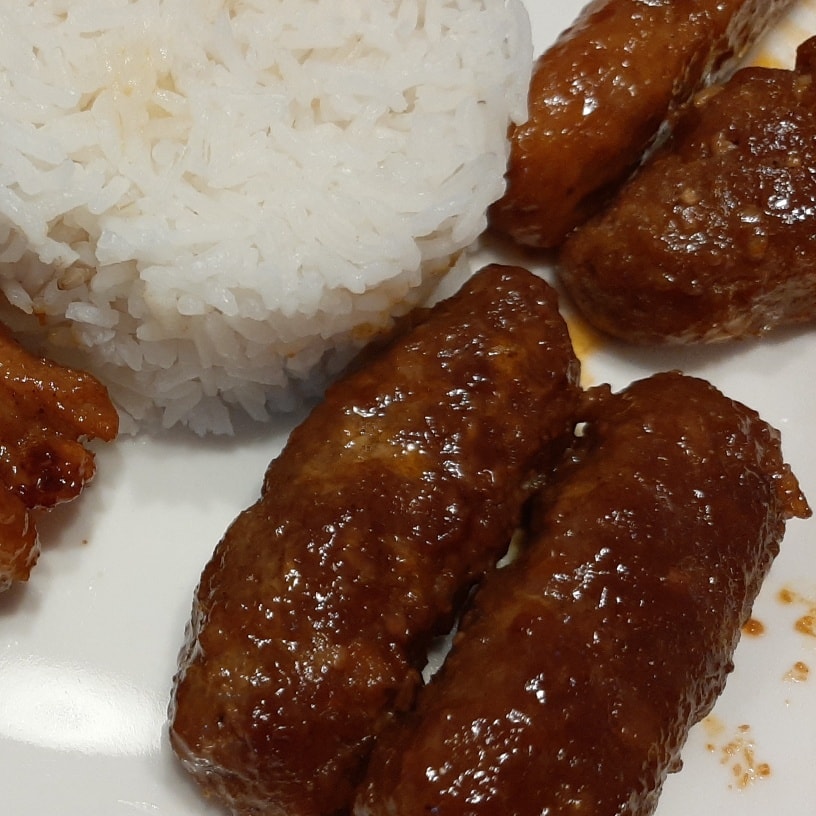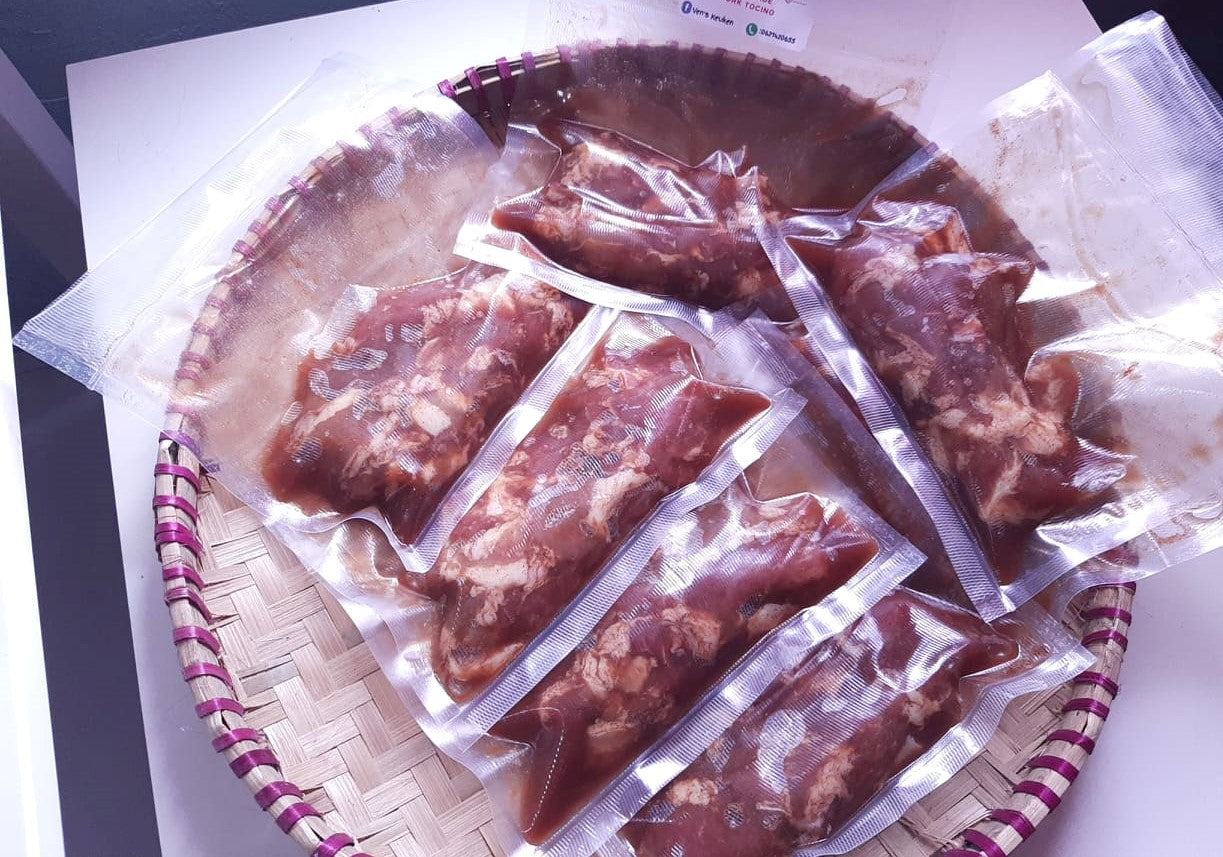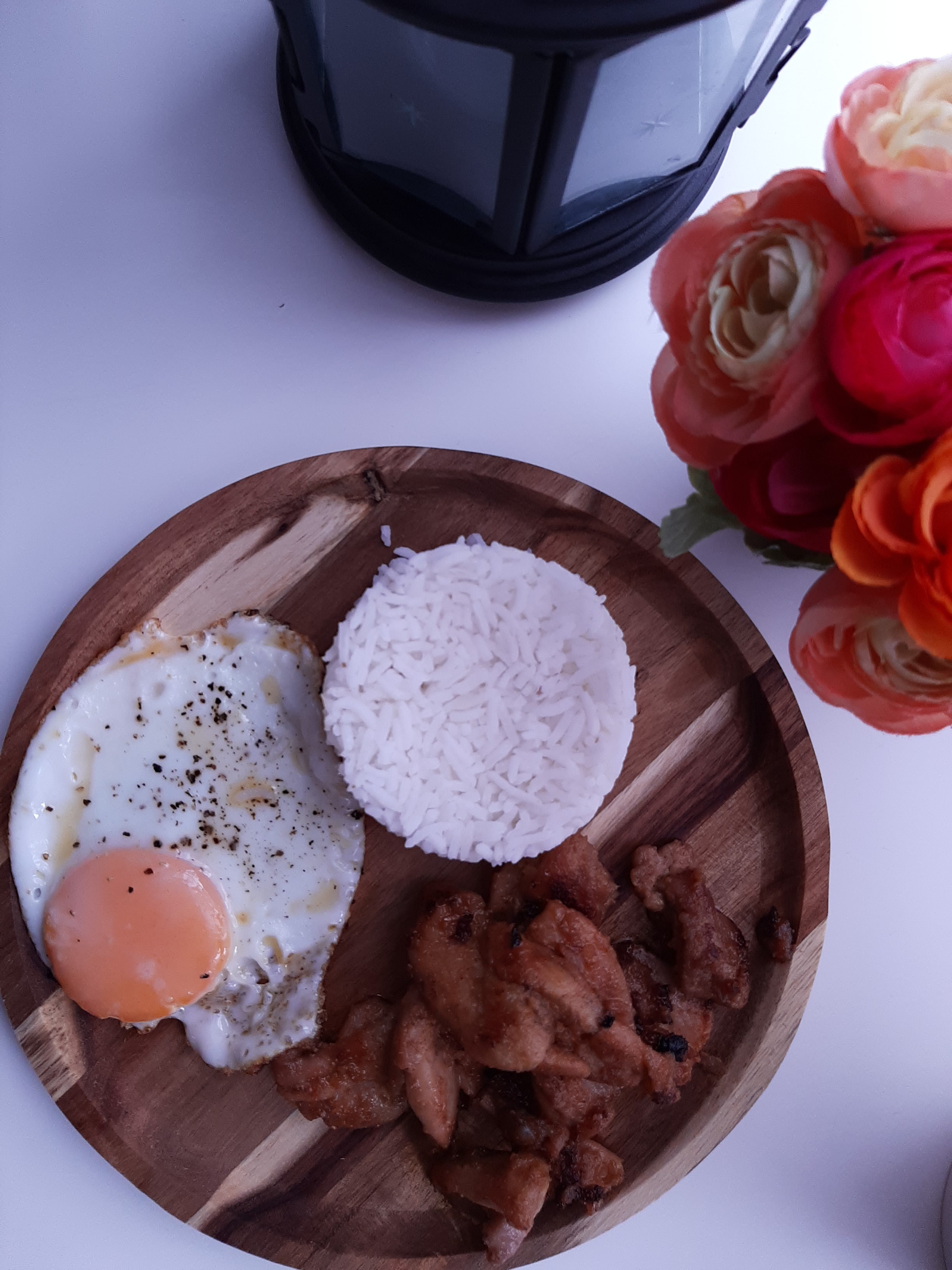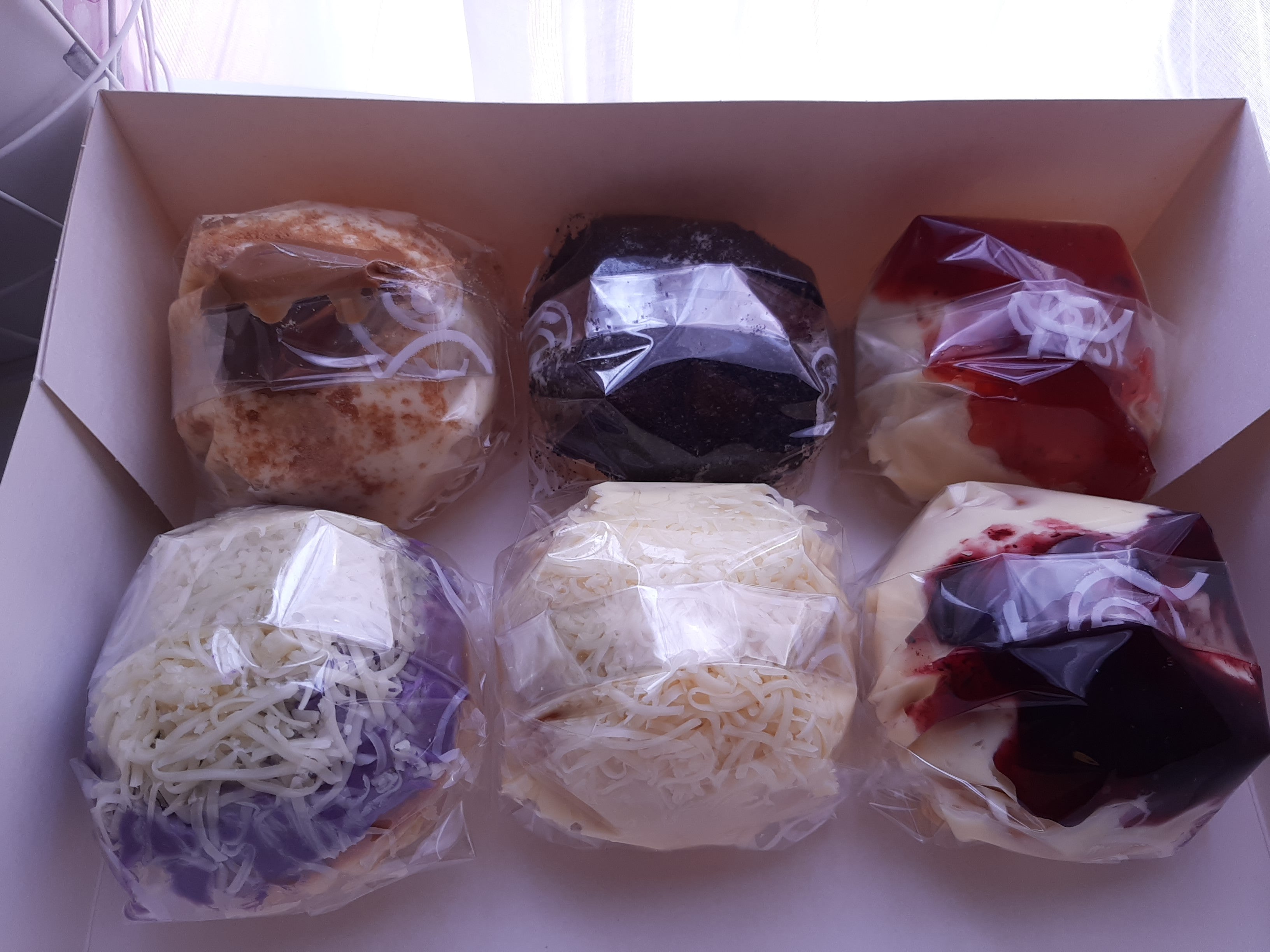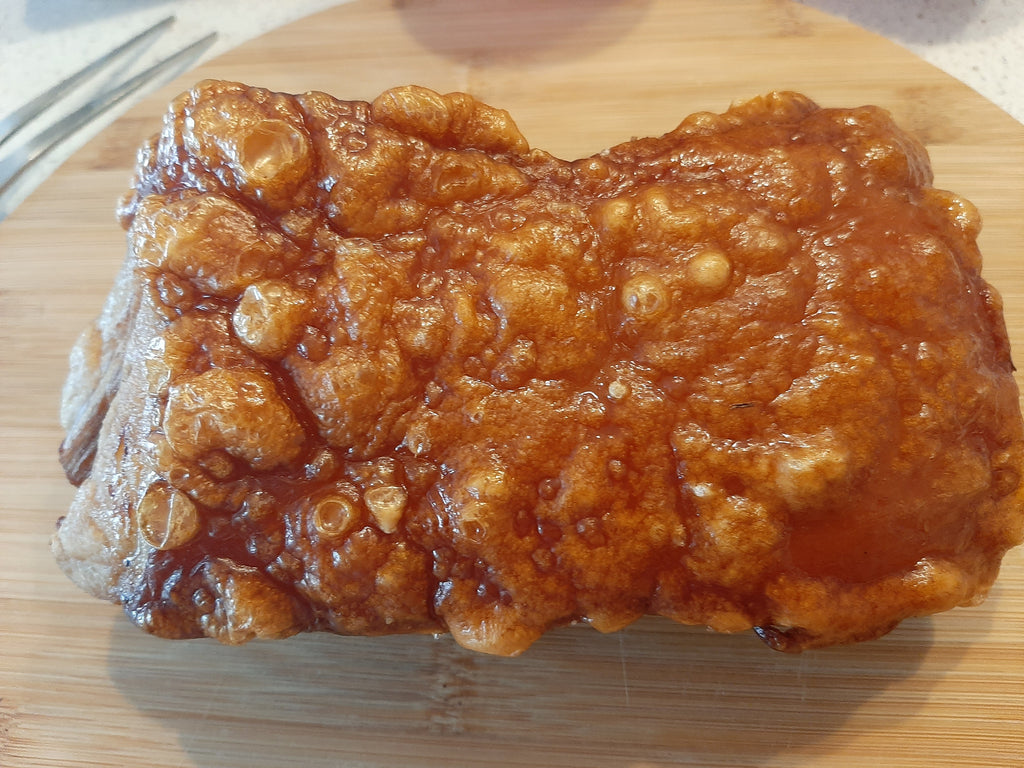
Lechon Kawali: The Crunch That Commands Attention

Introduction Picture this: a plate of deep-fried, golden-crusted pork belly with a satisfying crunch that echoes through the room. The first bite shatters the crisp skin, revealing layers of juicy, flavorful meat beneath. That, my friends, is Lechon Kawali—a dish so gloriously crispy that it turns every meal into a feast.
Welcome to another chapter in Exploring Filipino Cuisine, where we shine a light on one of the most beloved comfort foods of the Philippines. If there’s one thing Filipinos know how to do well, it’s creating dishes that celebrate indulgence—and Lechon Kawali is one of the finest examples.
Whether it’s served at a family gathering, paired with rice and dipping sauces, or enjoyed as an irresistible snack, this dish never fails to impress. Let’s dive into the history, preparation, and cultural significance of this deep-fried marvel.
The Origins of Lechon Kawali
If you hear the word lechon, your mind might immediately go to the famous spit-roasted whole pig, the crown jewel of Filipino celebrations. But Lechon Kawali is a slightly different beast—smaller, simpler, yet equally satisfying.
Unlike traditional lechon, which requires an open fire or roasting pit, Lechon Kawali was born out of everyday home cooking. Instead of roasting an entire pig, cooks found a way to recreate the crispy, flavorful experience using just pork belly. By boiling the pork first to tenderize it, then deep-frying it to achieve that signature crisp, they created a dish that offered the same indulgent crunch without needing an elaborate setup.
The name itself reflects its preparation: Lechon (referring to roasted pork) and Kawali (the Filipino term for wok or deep pan). Essentially, it’s lechon prepared in a wok—a genius workaround for households that wanted the festive flavors of lechon without the commitment of roasting a whole pig.
Lechon Kawali vs. Crispy Pata vs. Bagnet
If you’ve spent time exploring Filipino cuisine, you might have come across Crispy Pata and Bagnet, two dishes that bear a close resemblance to Lechon Kawali. But make no mistake—each one has its own distinct identity.
-
Lechon Kawali is made from pork belly, ensuring that each bite has a perfect balance of crispy skin, tender meat, and rich fat.
-
Crispy Pata is a deep-fried pork knuckle or trotters, giving it a more gelatinous texture due to the extra collagen in the meat.
-
Bagnet hails from the Ilocos region and undergoes a double-fry method, making the skin even crunchier than Lechon Kawali.
While they share similarities, Lechon Kawali remains the easiest of the three to make at home, making it a staple comfort food in many Filipino households.
The Art of the Crunch: Why Filipinos Love Crispy Pork
Filipinos have a deep appreciation for texture in food. Crunch is a defining characteristic in many beloved dishes—whether it’s the crispy thinness of chicharrón (pork rinds), the flaky layers of turon (banana spring rolls), or the delicate crispiness of lumpia (Filipino spring rolls).
Lechon Kawali fits right into this world of crisp-loving indulgence. There’s something deeply satisfying about hearing the skin crackle under the fork, knowing that each bite will deliver an explosion of textures. It’s a dish that stimulates the senses, from the sound of frying to the aroma of sizzling pork fat.
Beyond texture, Filipinos love dishes that strike a perfect balance of flavors—and Lechon Kawali does exactly that:
-
The richness of the pork belly is cut by its crispy exterior.
-
The saltiness of the skin is mellowed by the juicy fat underneath.
-
The savory depth of the meat is complemented by the bright tanginess of traditional dipping sauces.
It’s a full sensory experience, and every Filipino knows that crunch = happiness.
Dipping Sauces: The Perfect Partner
Lechon Kawali is glorious on its own, but Filipinos love pairing it with dipping sauces that elevate its flavors even more. Here are some of the most common sauces served with this crispy wonder:
-
Lechon Liver Sauce (Sarsa) – A rich, slightly sweet sauce made with pork liver, vinegar, and breadcrumbs. It’s the go-to sauce for traditional lechon and works beautifully with Lechon Kawali.
-
Soy-Vinegar Dip – A simple but effective mix of soy sauce, vinegar, crushed garlic, and black pepper. This sauce adds a sharp tanginess that balances the richness of the pork belly.
-
Spiced Vinegar (Sinamak) – Infused with chili, garlic, and ginger, this vinegar-based sauce adds an extra punch for those who love heat.
-
Banana Ketchup – A Filipino staple with a slightly fruity twist. Its sweet-savory nature pairs surprisingly well with deep-fried dishes.
Each sauce adds a different dimension, and part of the joy in eating Lechon Kawali is finding your favorite pairing. Some go classic, others experiment—but one thing is certain: the perfect sauce takes crispy pork to another level.
Lechon Kawali in Everyday Filipino Life
Filipino cuisine is deeply rooted in communal eating. Food isn’t just about sustenance—it’s about togetherness, family, and celebration. And few dishes embody that sentiment as well as Lechon Kawali.
Unlike whole-roasted lechon, which is typically reserved for grand occasions, Lechon Kawali is an anytime indulgence. It’s the dish that brightens up a slow Sunday afternoon, the unexpected star of a casual gathering, and the perfect comfort food after a long day.
Some households prepare it in advance, freezing cooked portions to fry up later as a quick meal. Others make it fresh for special occasions but without the elaborate preparations required for full lechon. It’s convenience meets indulgence—a win-win for busy Filipino cooks.
Lechon Kawali’s Global Influence
Filipino cuisine has steadily gained international recognition, and Lechon Kawali is one of the dishes leading the charge. As more people discover the joys of crispy pork, restaurants worldwide have embraced Filipino cooking, incorporating dishes like Lechon Kawali onto their menus.
From food trucks in New York to upscale dining in London, Filipino flavors are breaking barriers—and Lechon Kawali’s irresistible crispiness makes it an easy crowd favorite.
The dish’s universality is another reason for its appeal. While undeniably Filipino, fried pork belly exists in various cultures—from the Chinese siu yuk to Latin America’s chicharrón. But what makes Filipino Lechon Kawali stand out is its unique preparation, seasoning, and the way it’s enjoyed—with sauces, rice, and a whole lot of family-style fun.
Conclusion
Lechon Kawali is more than just a dish; it’s a celebration of texture, flavor, and Filipino ingenuity. It represents the joy of simple ingredients transforming into something unforgettable. From its humble roots to its role in Filipino gatherings, this crispy, golden delight will continue to win hearts wherever it goes.
So the next time you hear the crackling of deep-fried pork, you know what to do—gather around, grab a dipping sauce, and enjoy every crispy bite. And as we say in the Philippines: Kain na! (Let’s eat!)





